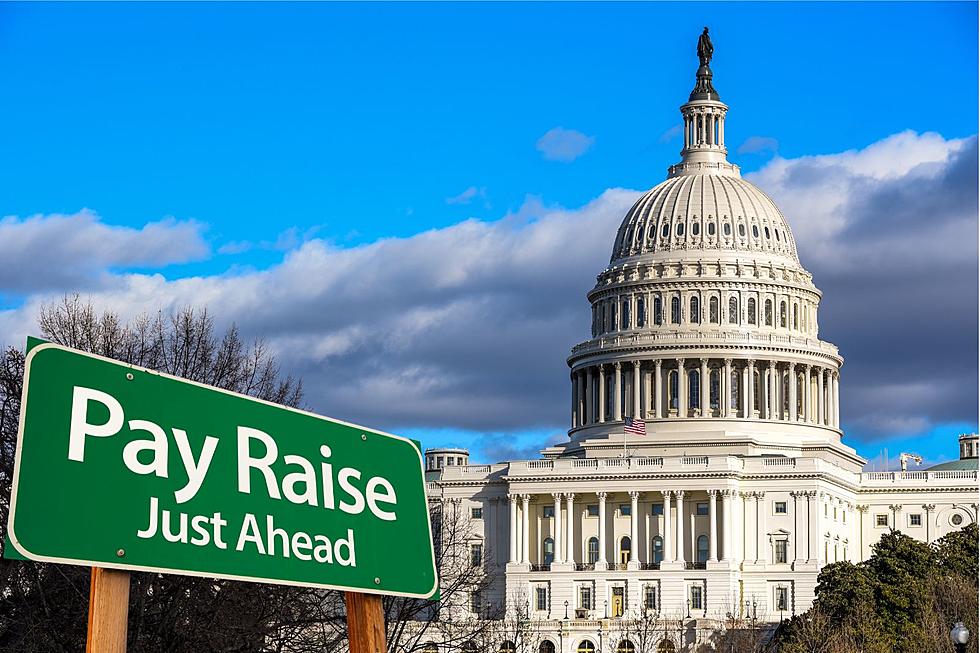
Niagara Movement: Du Bois and Washington Clash Over Beliefs
In the late 19th and early 20th centuries, a debate raged between African Americans who believed that they should temporarily accept inferior social and political status while building economic power, and those who believed that their political rights should be granted immediately.
The supporters of the first idea believed in the ideas of Booker T. Washington, while their counterparts believed in the teachings of W.E.B Du Bois. The Niagara Movement was organized in 1905 by W.E.B Du Bois and other famous civil rights activist such as Monroe Trotter and John Hope. The Niagara Movement attempted to “aggressively and unconditionally seek the civil rights for black people that all other Americans enjoyed.”
The Niagara Movement’s name reflects both the summit’s location and the “mighty current of protest” the group wished to unleash. The group’s manifesto demanded equal employment opportunities, the abolition of caste systems based on race and color, and freedom of speech and criticism.
Article courtesy of the Buffalo Historical Society
More From 93.7 WBLK









